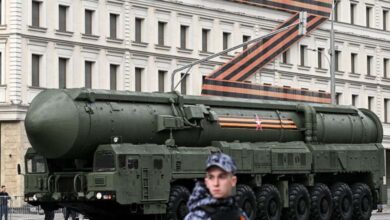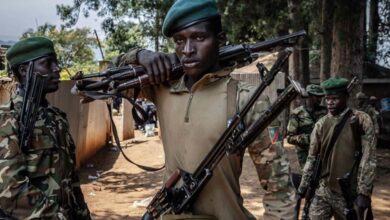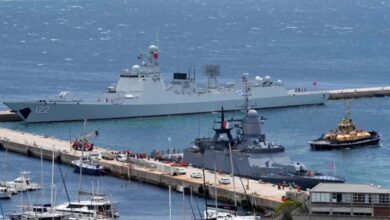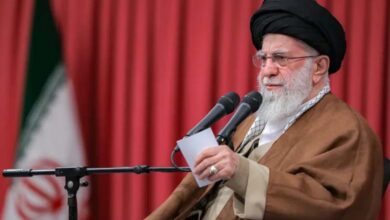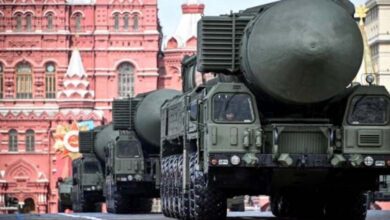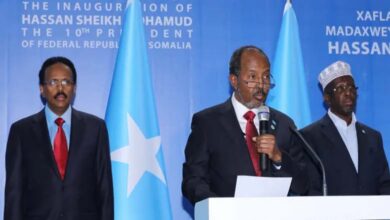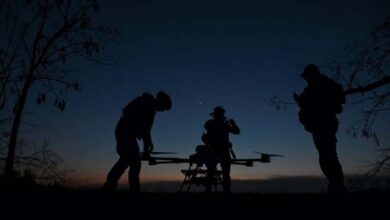Diego Garcia: U.S. Withdrawal from a Base Used to Deceive Iran
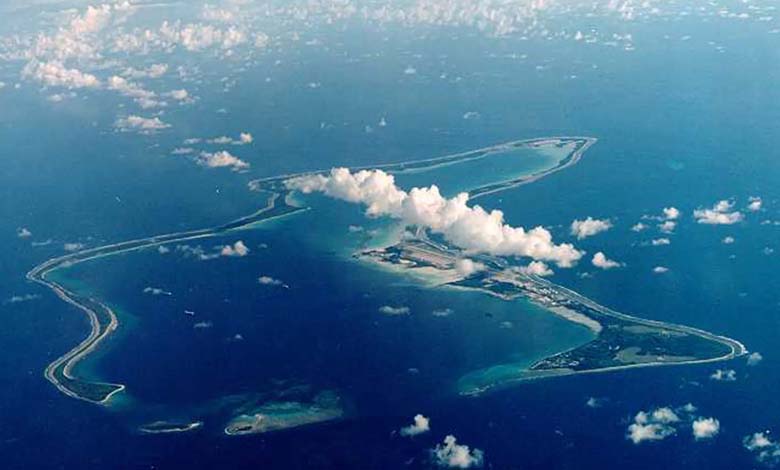
The Diego Garcia base drew significant attention last spring amid rising tensions in the Middle East over Iran’s nuclear program.
Satellite imagery has revealed a U.S. military withdrawal from this remote naval facility in the Indian Ocean, after the Anglo-American base played a central role in a campaign designed to mislead Iran.
-
Sanctions on Iran and Aid to Israel… “American Representatives Swim Against the Biden Current”
-
European Forces Under U.S. Command?
By late March, analysts had begun to notice increased U.S. Air Force deployments to Diego Garcia as regional tensions escalated. U.S. Defense Secretary Pete Hegseth later confirmed that these operations were part of Washington’s broader deterrence strategy against Iran and its proxies.
Located deep in the Indian Ocean, Diego Garcia occupies a unique strategic position—some 2,000 to 3,000 miles from both Iran and China—making it a critical hub for American power projection across the vast Indo-Pacific region.
With only a few hundred British and American troops stationed there permanently, the base allows the U.S. to respond rapidly to crises by pre-positioning naval and air assets close to potential hotspots, Newsweek reported.
-
Iran Does Not Rule Out a New War and Prepares for the Worst
-
European Troika Poised to Confront Iran with the Sanctions Weapon
Following “Midnight Hammer,” a U.S. airstrike campaign in June that targeted Iranian nuclear facilities, diplomacy between Washington and Tehran ground to a near halt. President Donald Trump threatened further strikes should Iran’s leaders refuse to return to the negotiating table for a new nuclear deal.
Unlike American bases in Qatar and neighboring states, Diego Garcia lies beyond the effective reach of most Iranian missiles, making it an ideal launch platform. Historically, it was used during the wars in Afghanistan and Iraq and later evolved into an operational hub spanning the Middle East, South Asia, and East Africa.
Yet when Trump gave the order to strike Iran in June, the operation did not originate from Diego Garcia. Instead, the Pentagon launched seven B-2 bombers from Missouri, a decision that maximized surprise.
-
Iran announces upcoming visit by IAEA inspectors within two weeks
-
Iran Drives Istanbul Nuclear Talks into a Deadlock
A recent satellite image released by the European Space Agency shows empty tarmacs where U.S. strategic bombers and fighter jets had previously been stationed, signaling the end of Diego Garcia’s temporary role as a military signaling tool toward Tehran.
At the peak of tensions in May, U.S. preparations included deploying F-15 fighters, B-2 and B-52 bombers, KC-135 tankers, and C-17 transport aircraft.
“We may have ensured Diego Garcia’s readiness, but in the end, the President chose a different plan, one focused primarily on maintaining security,” retired General Joseph Votel, former head of U.S. Central Command and now a scholar at the Middle East Institute, told Newsweek.
-
Talks with the US on the nuclear file?… Iran responds
-
Ground Activity at Fordow: Is Iran Reorganizing Its Nuclear Site?
“Midnight Hammer” relied on deception, aerial refueling, and near-total radio silence. B-2 bombers flew from Whiteman Air Force Base, struck Iranian nuclear targets, and returned after a mission lasting over 30 hours. Meanwhile, a separate decoy fleet was dispatched to Guam, successfully diverting observers from America’s true intentions.
Shahin Pirouangi, an associate professor at the U.S. Naval War College, noted: “The likely purpose of these decoy aircraft was to shift Iran’s focus toward a perceived threat from Diego Garcia rather than from the continental United States.”
He added: “The absence of pre-positioned U.S. forces on Diego Garcia does not mean Washington cannot strike Iran with strategic bombers launched directly from American soil.”
-
Washington Reveals Iranian Plan to Close Strait of Hormuz During War with Israel
-
Communication Agreement: A Rare Intelligence Call Between Russia and the United States
Experts caution that the Iranian threat is far from over, meaning the visible drawdown of U.S. forces at Diego Garcia does not necessarily reflect a shift in CENTCOM’s priorities.
General Votel emphasized: “I believe Iran will continue to shape U.S. interests and military strategy in the region for the foreseeable future. Its enrichment capacity has been delayed, but not destroyed, and Tehran has not changed course. We must remain vigilant.”
Ultimately, Diego Garcia will remain a key strategic outpost for the United States in the Indo-Pacific, even if it is not employed in every operation.


